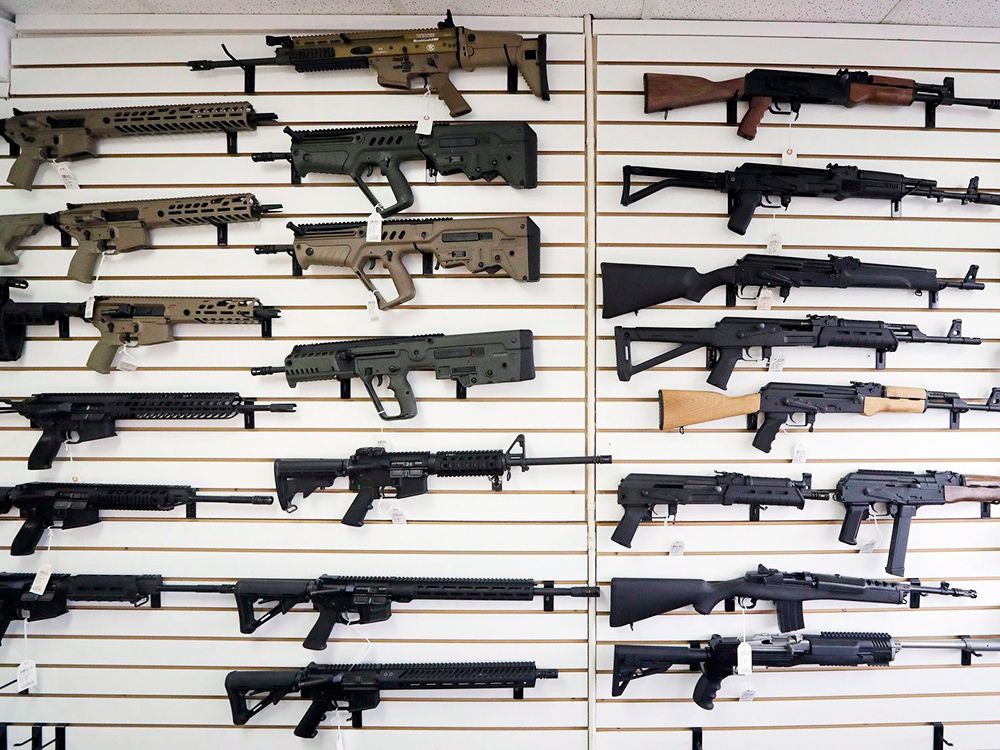New Gun Ban Expansion: What It Means for Retailers and the Buyback Program
The Canadian government has recently made headlines by adding hundreds of new gun models to its list of banned firearms. This move is set to significantly impact retailers and distributors as they navigate the complexities of a growing inventory of restricted items. With the Liberals’ decision on Thursday, the process for the proposed buyback program is likely to be forced into gradual phases, affecting both the market and consumer access to firearms.
As the government tightens regulations, many in the firearms industry are left scrambling to understand how these changes will affect their operations. The addition of these new models means that retailers and distributors will have to wait longer before they can fully comply with the buyback initiative. This delay could lead to uncertainties in inventory management, financial planning, and customer relations, as businesses grapple with the implications of the new restrictions.
The Liberal government’s objective with these new regulations is to enhance public safety, but the impact on businesses is undeniable. Retailers are now tasked with finding ways to manage their existing stock while also preparing for a complicated buyback process. This situation raises questions about the effectiveness of the buyback program and whether it can be implemented smoothly given the expanded list of restricted firearms.
Understanding the Buyback Program
The buyback program is intended to allow owners of banned firearms to sell their weapons back to the government. However, with the recent additions, the logistics of this initiative become more complex. The government may need to break the buyback into phases, which could lead to confusion among gun owners and industry stakeholders.
Impact on Gun Owners
For gun owners affected by this ban, the situation is equally concerning. Many now find themselves in limbo as they await further details on how the buyback will be executed. This uncertainty could lead to frustration, especially for those who may be looking to sell or transfer their firearms in the interim.
Looking Ahead
As the situation develops, it will be crucial for both the government and the firearms community to engage in open dialogue. Transparency regarding the buyback process and clear communication about the new restrictions will be essential in minimizing disruption in the industry. It remains to be seen how these changes will shape the Canadian firearms landscape moving forward, but one thing is clear: both retailers and consumers will need to adapt to a new reality.
For more insights into this evolving situation, you can check out the full article on the National Post website here.

